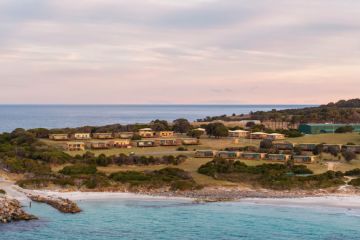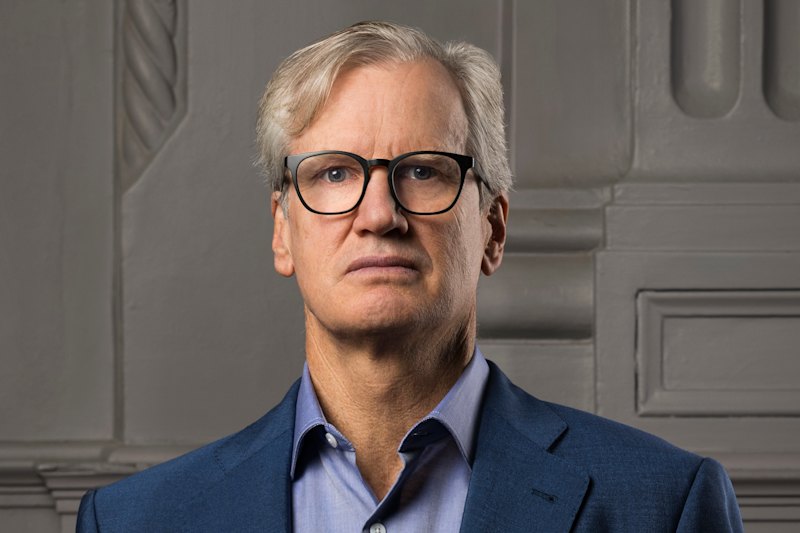Virtual real estate selling for millions
Real estate records come and go with startling frequency and this $US6 million sale might not sound like much of a record, until you find out Planet Calypso is a fictional place on the Entropia Universe social gaming site.
Yes, somebody has actually spent $SU6 million on thin air.
Crazy as it sounds, it could actually be a brilliant investment.
The virtual world – worlds actually – contains thriving communities and booming economies. The bigger worlds are known as massively multiplayer online role-playing games (MMORPG).
What started with small purchases of game elements has grown into an environment where traditional, real-world businesses are looking to invest, as gamers start to reap million-dollar returns.
The Entropia Universe – an online game created by Swedish company Mindark – has hit the record books over the years for some of the biggest sales of all kinds of non-existent items.
The Guinness World Records Book lists Entropia Universe in both 2004 and 2008 as having the most expensive virtual goods ever sold.
The 2004 record was the $US26,500 paid for an island auctioned online. Treasure Island was bought by an avatar (digital alter ego) named Zachurm “Deathifier” Emegen.
In 2005, a virtual ‘Asteroid Space Resort’ was bought by Jon “Neverdie” Jacobs for $US100,000, setting another new record.
The Asteroid was renamed Club NEVERDIE, after the new owner’s in-game Avatar, and made headlines around the world, not only for the purchase price, but also for plans to turn the resort into a venue for “Live Entertainment in Virtual Reality”.
Later in 2005, the BBC reported that “Deathifier” had recouped his investment in Treasure Island in less than a year.
In 2009, the Crystal Palace Space Station was auctioned and Buzz Erik Lightyear paid $US330,000.
So how does this all work? Deathifier made his money by selling virtual homes and taxing other gamers to hunt or mine on the island.
“The money made to date is only a taste of what can be achieved with my virtual island purchase,” said Deathifier.
The $US6 million planet Calypso has been successfully running since 2003, with more than 950,000 registered accounts from 200 countries and territories, with $US428 million processed in player-to-player transactions in 2010 alone, according to a MindArk press release.
Other property sales over the last few years include: a virtual shopping mall for $US70,000, a parcel of land for $US35,000 and a spaceship and hangar for $US12,000.
In another game called Farmville, players have spent $US100 million a year on virtual tractors, seeds and animals.
Research estimates that in the US alone the virtual goods market overall will reach $US2.1 billion this year.
Facebook has its own virtual cash cow with a currency called “Facebook Credits”, bought using a credit card and spent within Facebook apps.
Second Life is another MMORPG and it apparently created the first real-world millionaire from a virtual business.
Anshe Chung is the avatar of Ailin Graef, who has gained a lot of press from her enormous success in buying, developing and selling virtual real estate.
It has been reported that Graef makes over $US150,000 a year, but has the bulk of her estimated wealth still invested in Second Life.
Most players will never see returns like these – they are there for fun and will never invest the time and effort needed to make serious money.
But with dedication, it’s anybody’s guess as to what the future may hold for virtual entrepreneurs.
We recommend
We thought you might like
States
Capital Cities
Capital Cities - Rentals
Popular Areas
Allhomes
More







